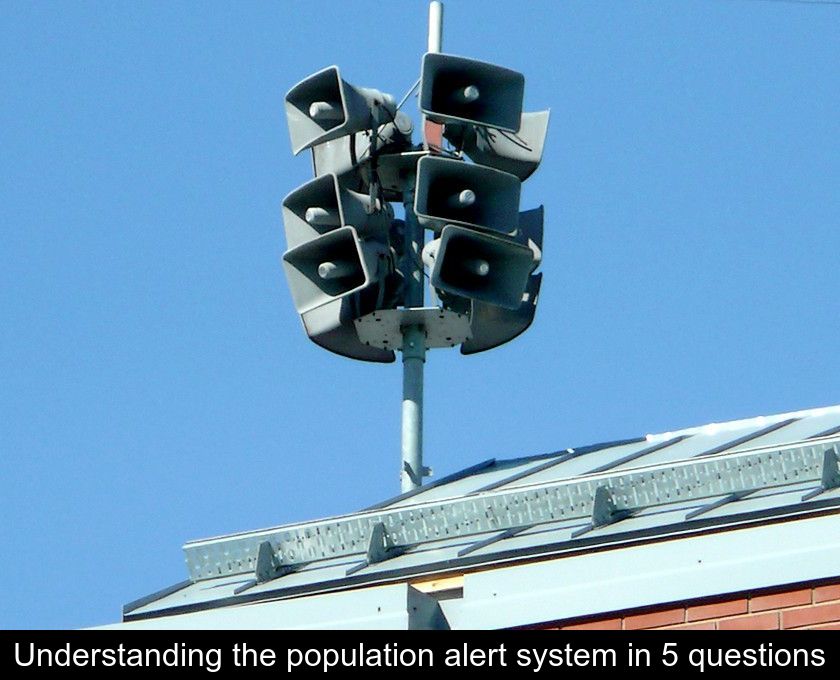Understanding The Population Alert System In 5 Questions
Today, Wednesday March 2, sirens sounded in French municipalities as they do every first Wednesday of the month. But how well do you know the warning and information system for populations? We propose you to understand everything about SAIP in 5 questions.
1- What is it for?
The System for Alerting and Informing Populations (SAIP) is intended to warn citizens of imminent danger.
Originally designed to deal with the air threat, this network is still managed in part by the Air Force.
Today, it is also used to warn the population in case of a civil security disaster, whether this danger is of natural or technological origin.
2- In what cases is the alert given?
The population alert and information system is triggered in the event of an air attack or serious incident, such as a natural or industrial disaster.
For example, sirens sounded in Rouen and surrounding municipalities in September 2019, during the Lubrizol factory fire.
In tropical areas, they can also sound to warn the population of the arrival of a cyclone or hurricane.
In areas located near a dam, another warning signal is provided in case of rupture of the structure: a foghorn sound of a minimum duration of 2 minutes
3- Why do sirens sound on the first Wednesday of the month?
The population alert and information system is supposed to sound to prevent the population from imminent, ongoing or upcoming danger.
You may be wondering why these sirens sound every first Wednesday of the month around noon...
This ringing is a monthly test to verify that the system is working properly. During these tests, no particular behavior is expected from the population.
4- How do I know if it is a test or a real alert?
The exercise signal triggered on Wednesday around noon is not the same as the alert signal in case of real danger.
In fact, the test signal on Wednesday consists of only one cycle of one minute and 41 seconds and a modulated rising and falling sound.
In the event of imminent danger, the sound you hear will be the same, but the signal will be different. The containment alert signal has three one-minute and 41-second sequences separated by a 5-second interval.
The end of the alert is announced by a 30-second continuous signal. This end of containment alert signal indicates a return to a normal situation.
To be noted: the alert and population information system provides for other alert vectors:
- SMS messages
- Postings on variable message signs
- messages broadcast on the radio
- messages relayed on social networks
5- What should you do in case of an alert?
While the current context of war in Ukraine testifies to the importance of warning sirens, this Wednesday is an opportunity to recall the behavior to adopt in case of real crisis.
If you hear the population alert system siren, you should safe yourself and confine yourself. Stay at home or move to an enclosed space, preferably without windows, without delay.
If you can, carefully seal openings such as doors, vents and chimneys.
Also consider turning off gas, air conditioning, heating and ventilation systems. Do not light any flames.
Keep yourself informed and follow the instructions broadcast on France Bleu, on local radios and on France Télévisions.
Use preferably the radio to have more information, because the telephone and Internet networks could not work anymore.
Do not go out to pick up your children from school: a safety plan for students is in place at their school.
Only use the telephone in case of a life-threatening emergency in order to not overload the telephone networks essential to the action of the emergency services.





